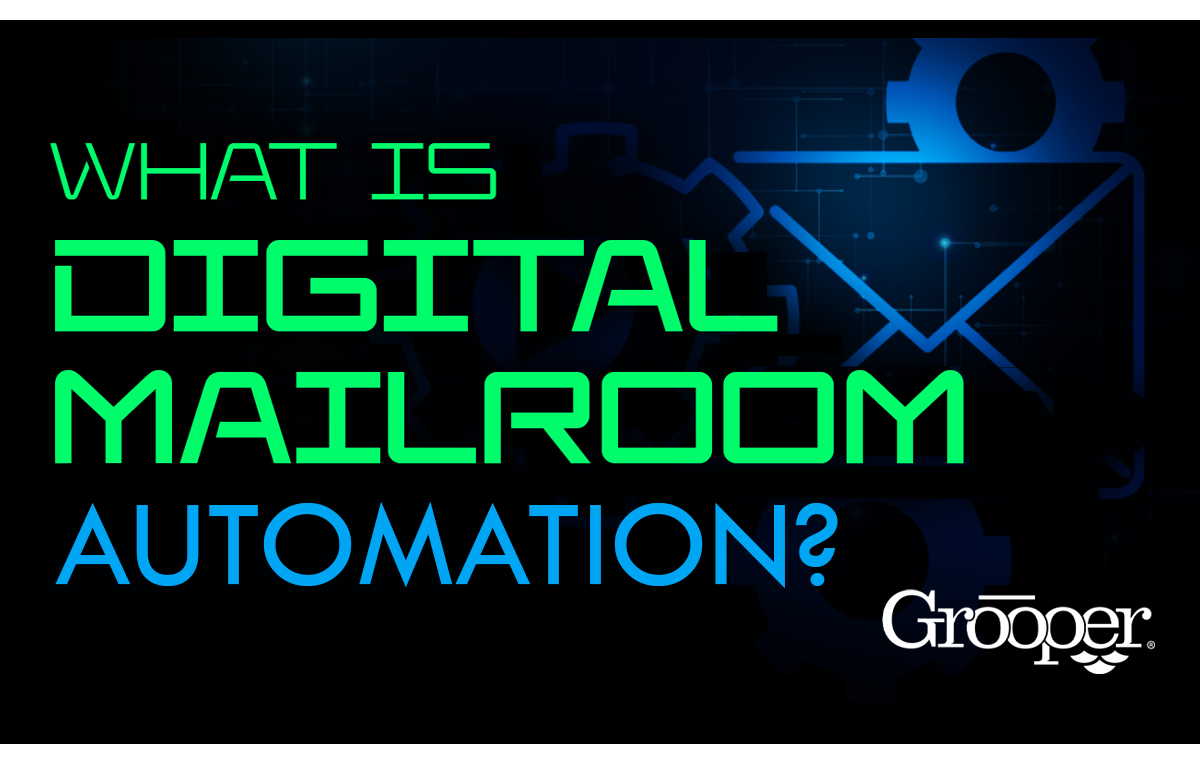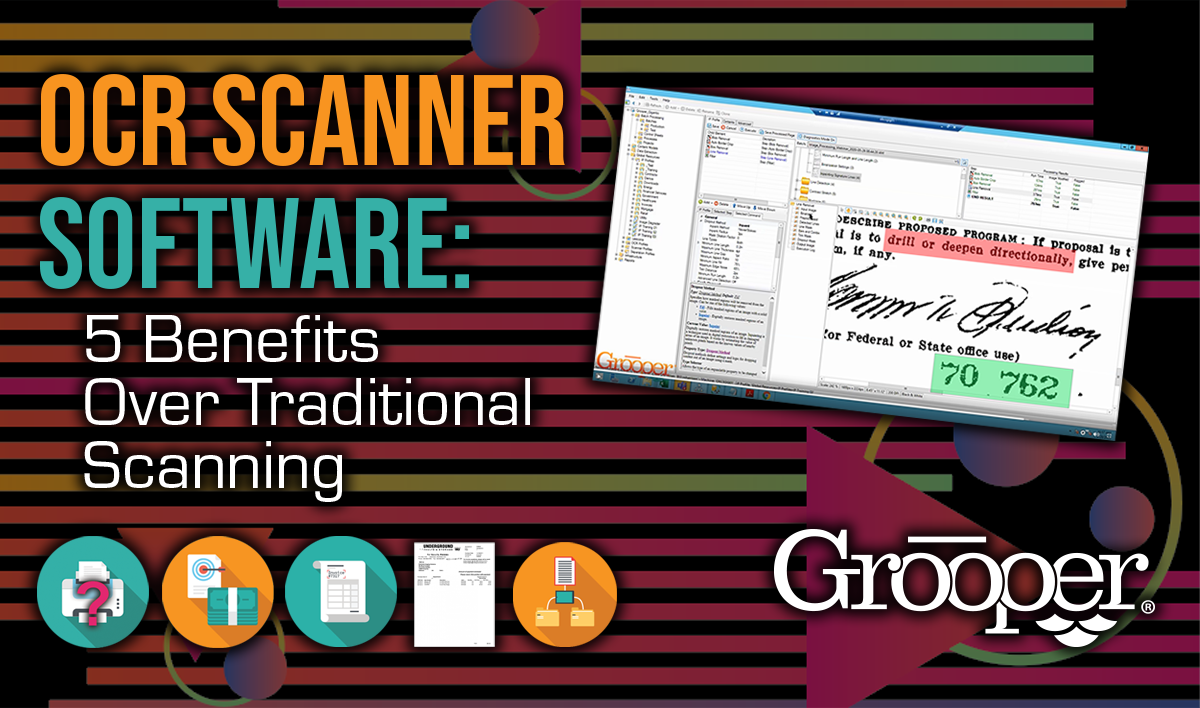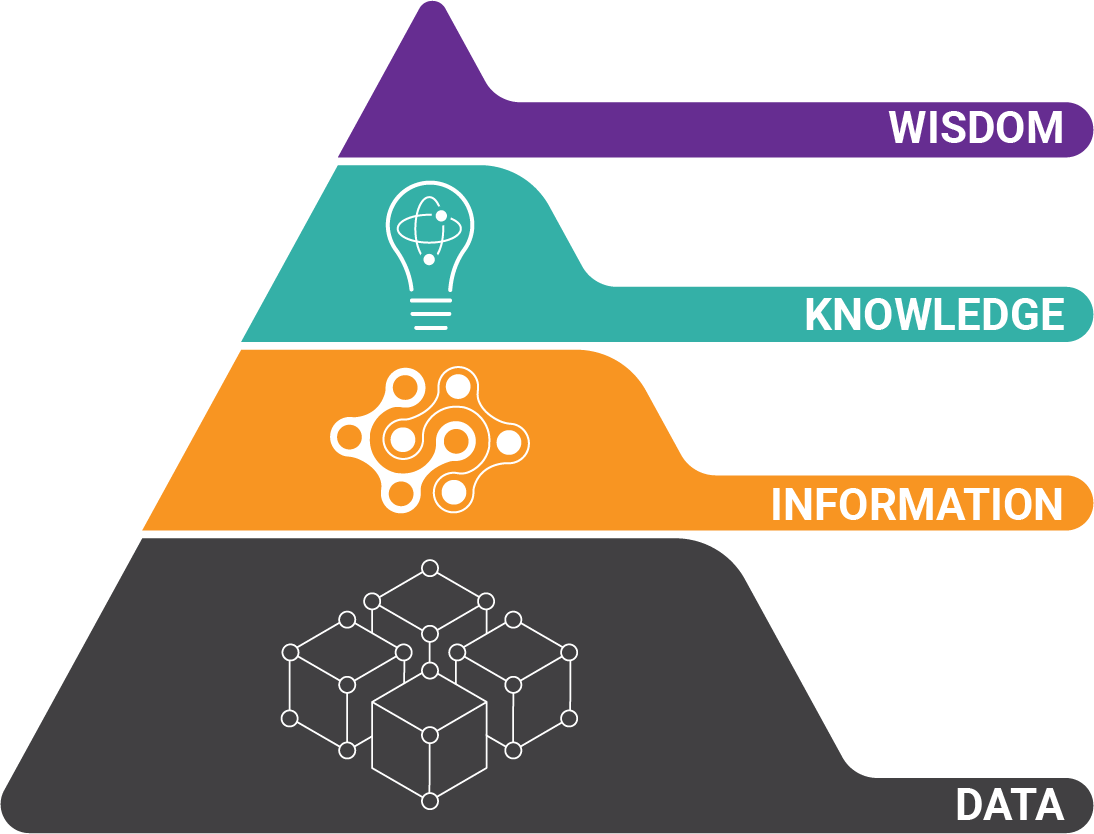See how mailroom automation software can transform your organization — by processing incoming business mail the moment it arrives and delivering it electronically to the correct recipient.
- VIDEO: Digital mailroom solution demo
- 6 Benefits of digital mailroom automation
- What is digital mailroom automation?
- How digital mailroom automation works
- How does the process of digitizing paper mail work?
- How does processing e-mail work?
- Cheat Sheet: Mailroom Automation Software
- Is digital mailroom automation right for my business?
What is Digital Mailroom Automation?
A digital mailroom refers to a mailroom that processes incoming mail electronically. In digital mailroom automation, the goal is to use automation to index, route, and archive electronic copies of mail - paper and email.
Digital mailroom automation solutions use document scanning and capture technologies to digitize paper mail and convert it into electronic versions.
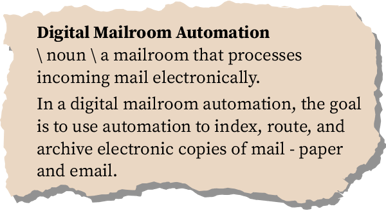 Now, this doesn’t mean that all mail arrives electronically – in virtually all digital mailrooms, some of the mail shows up how it always has: as paper inside of envelopes, delivered by the postal service.
Now, this doesn’t mean that all mail arrives electronically – in virtually all digital mailrooms, some of the mail shows up how it always has: as paper inside of envelopes, delivered by the postal service.
A digital mailroom will also deal with emails, and may deal with other forms of electronic communications. A digital mailroom is a mailroom that can bring all of these disparate sources of mail together. And it's a place whose functions – receiving, indexing, routing, archiving - have been converted to digital processes.
Check Out Our Video on Digital Mailroom Automation Solutions!
 Interested in a Mailroom Automation Solution? In this video, you'll learn:
Interested in a Mailroom Automation Solution? In this video, you'll learn:
- How to get started down your mailroom automation journey
- The current manual process compared to a new automated mailroom process
- Exactly how Digital Mailroom Automation Software works, through a demonstration
Get the Free Video:
How Digital Mailroom Automation Works
While the goals of a digital mailroom are similar to those of a traditional mailroom, it works quite differently: all mail will get processed digitally, so mail that does not arrive electronically will need to be scanned.
Once mail is scanned, it can be automatically:
- Classified
- Indexed
- And routed to the appropriate recipients or departments
The paper copies of scanned mail can be routed, disposed of, or archived, depending on business and regulatory or other requirements.

1) Paper mail is delivered to your facility's mailroom. |

2) Mail is opened and scanned with high-speed scanners. |

3) Digital mailroom automation software reads each piece of mail to decide who should receive them. |

4) If pieces of mail should be sent to a person... |

5) An image of the mail document is routed by e-mail. |

6) But if mail documents should be routed to a department... |

7) It is moved into the data supply chain, where it is routed to the correct department. |
Electronic mail will go through a similar process, sans scanning; it will also be:
How Does the Process of Digitizing Paper Mail Work?
 Digitizing paper mail is a process that seems fairly straightforward: you stick the mail in a scanner, and you’re done! But a lot of work goes into digitizing mail to make it fast, reliable, and maintain the image quality of the mail documents.
Digitizing paper mail is a process that seems fairly straightforward: you stick the mail in a scanner, and you’re done! But a lot of work goes into digitizing mail to make it fast, reliable, and maintain the image quality of the mail documents.
Typically, you will be feeding mail into a scanner after opening and prepping it. The preparation process:
- May be as simple as opening the envelope and flattening out the individual pages.
- Might involve attaching certain documents (or even the envelope itself) to carrier pages, adding separator sheets, or ensuring that the pages are ordered in a certain way.
Depending on the volume of mail in your organization, the mail might be scanned with a desktop scanner, but you will get far better results when using a larger, high-throughput model (shown in our graphics above).
You will most likely have mailroom employees checking the quality of the digitized document images, rescanning pages that fed or scanned incorrectly. They will also ensure that the scanners are clean and generating images of a high-enough quality to be read easily by both humans and automated processes through intelligent document processing solutions.
How Does Processing E-Mail Work?
 Processing email is somewhat more straightforward than processing paper. The email is examined, classified, and routed to the appropriate recipients, in addition to being copied to any business-defined archival locations.
Processing email is somewhat more straightforward than processing paper. The email is examined, classified, and routed to the appropriate recipients, in addition to being copied to any business-defined archival locations.
Good digital mailroom processing software will be able to:
- Automatically classify and extract from both the body of the mail message and any attachments
- Automatically populate important information in line-of-business systems
- Notify stakeholders of important incoming mail
Is Digital Mailroom Automation Right For My Business?
 In almost all cases, digital mailroom automation software will improve your business processes and save time.
In almost all cases, digital mailroom automation software will improve your business processes and save time.
For high-volume mailrooms, it can reduce the labor-intensive effort it takes to process the mail by an order of magnitude or more. It can also dramatically reduce costs, errors, and routing times.
For all mailrooms, including low-volume mailrooms, it improves reliability, ensures that all mail is indexed and archived, and simplifies retention, auditing, and the ability for line-of-business departments to have the mail they need, when they need it.
6 Benefits of Having a Digital Mailroom and Investing in Mailroom Process Automation:
1) Improved Vendor Relations and Improved Customer Service
 With digital mailroom automation, you will be moving all of your mail faster – which means that your invoices will get paid quicker, you will be able to respond to inquiries or problems that come through the mail quicker, and anyone who tries to get in touch with you in writing will get a quicker response.
With digital mailroom automation, you will be moving all of your mail faster – which means that your invoices will get paid quicker, you will be able to respond to inquiries or problems that come through the mail quicker, and anyone who tries to get in touch with you in writing will get a quicker response.
As a result, this means that your vendors, suppliers, and even customers will have a better experience when working with your company.
If your employees are talking with customers, your team can locate the mail documents quickly, which reduces the need to put them on hold and improves problem resolution.
2) Boosted Productivity, Flexibility and Speed
 Although all of the efficiencies outlined above are important in their own right, you will also notice that a digital mailroom just works better. In particular:
Although all of the efficiencies outlined above are important in their own right, you will also notice that a digital mailroom just works better. In particular:
- Mail stops getting lost
- Important documents show up on time and in real-time
- Your mailroom employees will have higher job satisfaction and less stress at work
Check Out Our Free Cheat Sheet
on Mailroom Automation Software:
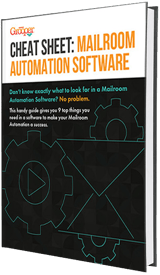
3) A Lower Carbon Footprint
 Switching to a digital mailroom automation will encourage your entire organization to begin shifting their paper-based processes towards digital rather than physical correspondence.
Switching to a digital mailroom automation will encourage your entire organization to begin shifting their paper-based processes towards digital rather than physical correspondence.
According to some calculations, the carbon footprint of a single letter is approximately seven times greater than that of an email. Add to that the impact of additional physical routing, the paper, toner, and electricity necessary to print physical letters, and you can understand how substantial of an impact switching to a digital mailroom can have on your carbon footprint and the environment.
4) Cost Savings
 A digital mailroom doesn’t just lower the costs for your mailroom, reduce paper or reduce real estate space needed. It lowers the cost of doing business, which means lower costs for everyone.
A digital mailroom doesn’t just lower the costs for your mailroom, reduce paper or reduce real estate space needed. It lowers the cost of doing business, which means lower costs for everyone.
The key improvement of digital mailroom automation is efficiency: mail gets processed and routed faster, which means everything that comes in as mail gets dealt with more quickly. This can translate to fewer lost clients because of mail processing delays, and it can mean increased early payment discounts because invoices are moving through your system faster.
5) Improved Compliance and Improved Auditability
 Complying with internal or governmental rules and regulations is a necessity for almost every business.
Complying with internal or governmental rules and regulations is a necessity for almost every business.
This means that your compliance relies on making sure that all employees are applying appropriate rules every time they touch a document, including:
- New employees
- Sleepy employees
- Employees who have just come back from vacation
This is much easier and more reliable with digital mailroom automation, because compliance processes can be automated. So compliance processes will happen correctly much more frequently. Audits can also be a headache if you have to manually sort through boxes or file folders of physical mail.
6) Enable Remote Work Through Improved Mailroom Operations
 Okay, so this is a big one. If you remember 2020, you know how many more people began working from home. So most likely, many of your employees need a fast, reliable way to obtain their incoming mail.
Okay, so this is a big one. If you remember 2020, you know how many more people began working from home. So most likely, many of your employees need a fast, reliable way to obtain their incoming mail.
With a digital mailroom automation software, they can easily and securely access their mail documents from anywhere. There won't be a delay in receiving important messages that are sent via physical mail delivery.
Frequently Asked Questions
What is Mailroom Automation?
Mailroom automation uses technology, like document scanning, document capture, and intelligent automation all working together to streamline mail workflows. It ensures that all paper mail is sorted, examined, data captured, and routed to correct person. It also maintains security and compliance standards.
What are Digital Mailroom Solutions?
Digital mailroom solutions help eliminate paper-based workflows through scanning, digitizing, and capturing data off paper. The capture data can then be used to understand who or which department that digital versions of the mail should be sent to.
There is a variety of solutions that can accomplish this from dedicated mailroom software, document capture solutions, RPA workflow software, and even outsourcing mailroom work to a third party.
About the Author: Chris Dearner
Chris Dearner is currently the Grooper product manager for BIS, an Oklahoma software company specializing in data extraction and integration. Chris is concurrently a PhD candidate at the University of California, Irvine, writing a dissertation on affordances and embodied action in Renaissance drama. His other work includes digital interactive art, with work currently on exhibit in Tulsa, Oklahoma, and past work featured in Oklahoma City, Oklahoma and Bilbao, Spain.
